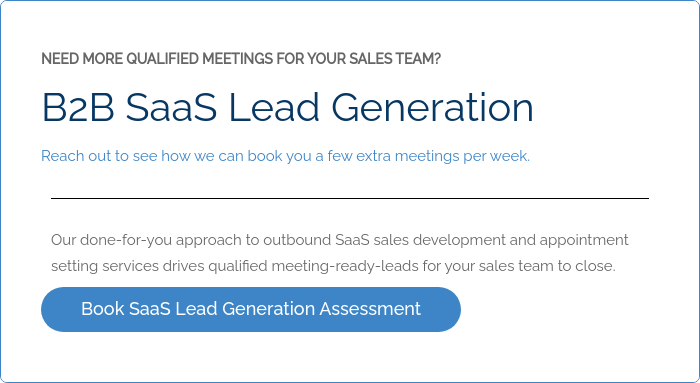Planning ahead to expand on these marketing strategies can give you an edge over the competition by allowing you to craft a plan that will deliver measurable results.
Over the past few years, the SaaS industry has exploded onto the scene and won’t be slowing down anytime soon. The highest performing companies continue to grow exponentially, more doubling their teams and initial public offerings (IPOs) per year.
As SaaS companies continue to expand so rapidly, the possibility of market saturation does too. For that reason, it’s imperative that they are paying attention to the right growth metrics.
Short Summary
- The rapid expansion of the SaaS industry necessitates a focus on the right growth metrics.
- SaaS growth metrics are distinct due to recurring revenue models and emphasize customer retention.
- The top 12 SaaS growth metrics include churn rates, customer lifetime value, customer acquisition cost, months to recover CAC, and monthly recurring revenue.
- Also important are MRR growth rate, quick ratio, CAC : LTV ratio, customer engagement score, and customer health score.
- Continuous tracking and analysis of these metrics are crucial for effective SaaS marketing strategies.
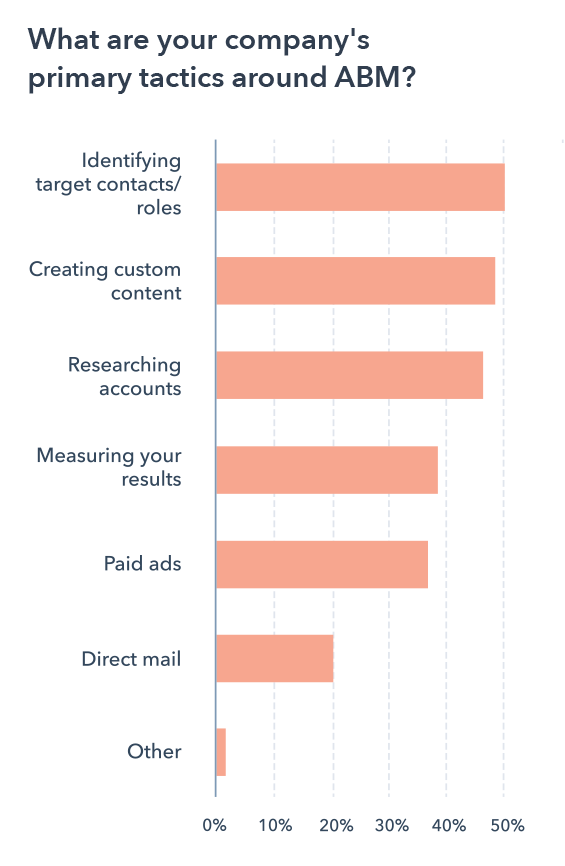
What is a SaaS Growth Metric?
The key SaaS growth metrics are vastly different from metrics of other businesses that are one-time sales and transaction based. Primarily due to the fact that revenue is collected over time rather than upfront. This means that there should be a strong focus on retention.
A strategic SaaS growth model should not only center around customer retention rates, but also be able to answer the following questions:
- What is working well?
- Is my business financially operable?
- What areas need improvement?
- What areas should be focused on to accelerate growth?
The growth metrics that matter most can be compared to the body’s temperature, heartbeat, and blood pressure. Much like a routine check-up at the doctor’s office, it’s important that SaaS companies are regularly monitoring these growth metrics to keep an eye on the health of their business.
It can be confusing to know which analytics will actually help you evaluate your growth accurately and which ones will not. In this blog post, we’ll discuss the top 12 SaaS growth metrics that will help you analyze the momentum, or your business’s ability to grow and keep growing, and make the right decisions to help your company expand.
1. Churn Rates
The first SaaS growth metric we’d like to highlight is customer churn rate. This is a measurement of how much business you’ve lost within a certain amount of time and it is an essential aspect of monitoring the day-to-day vitality of your SaaS business.
Churn metric provides you with specific insight on customer activity across a certain date or time period to help you better understand your customer retention rates.
If you only focus on driving new customers to your business, you won’t get too far as an SaaS. Since most SaaS businesses are based on annual subscriptions, it is just as important to maintain your existing customers. A certain amount of customer or revenue churn is inevitable, but tracking it can help you stay ahead of it, and identify any issues early on that might be pushing your customers away.
In order to effectively track your churn rates on a monthly or quarterly basis, it’s crucial to not only look at the customer count, but also any definitive information about the customers that might identify the reason why they decided to not renew their subscription. This information might include their demographic, job title, industry or other persona details. Be sure to discuss these characteristics across all departments, including marketing, sales and customer service to align goals.
There are multiple ways to measure your customer churn rate. User churn is calculated as the percentage of customers that were lost during a given time frame, while revenue churn is the percentage of revenue lost to churn during a given time frame.
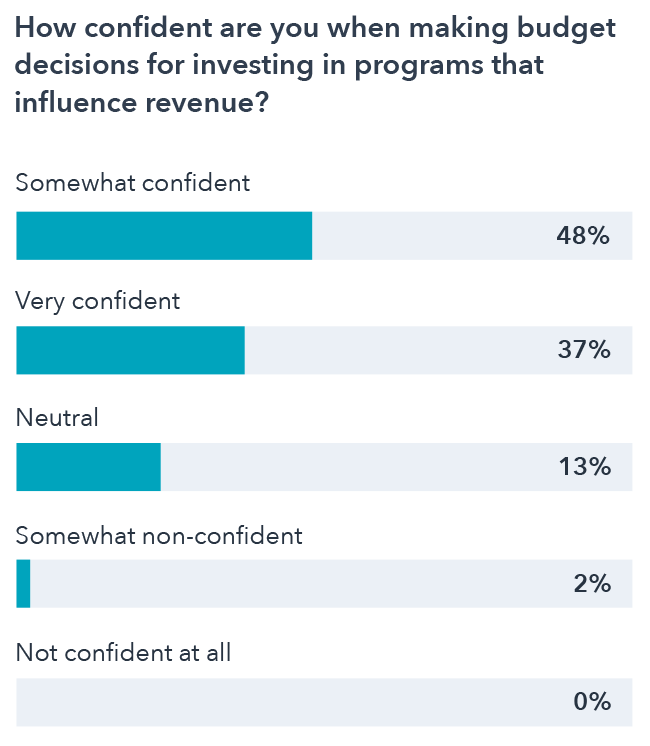
Either one of the two following churn rate calculations can be used to monitor growth. However, many companies will argue revenue churn is more crucial to focus on due to the fact that revenue is the ultimate goal.
User Churn = (Cancelled Customers in the last 30 days divided by Active Customers 30 days ago) x 100
Revenue Churn = (MRR Lost to Downgrades & Cancellations in the last 30 days divided by MRR 30 days ago) x 100
2. Customer Lifetime Value
Next on the list as an essential metric to effectively evaluate your SaaS growth rates is your customer lifetime value, or CLV. This describes the average amount of money that your customers pay throughout their engagement with your business.
This SaaS growth metric will provide your company with a true representation of your growth and can be explained in just a few steps.
- First, find your customer lifetime rate. To calculate your customer lifetime rate, you want to divide the number 1 by your customer churn rate (see above). For example, if your monthly customer churn rate is 1%, you would divide 1 by 0.01, which would give you a customer lifetime rate of 100.
- Second, find your average revenue per account (ARPA). This is calculated by dividing your total revenue of a certain time frame by the total number of customers. For example, if your monthly revenue is $100,000 and your total number of customers is 100, your ARPA would be $1,000.
- Finally, find your customer lifetime value. This is calculated by multiplying your customer lifetime rate by your ARPA. Continuing with the examples above, you woud multiply 100 (customer lifetime) by $1,000 (ARPA) and discover that your customer lifetime value is $100,000.
Understanding your CLV gives you insight into what your average customer is worth. It can also work as a way to display value of your company to investors if your business is in the early stages and still considered a startup.
Because most SaaS businesses are based on subscription-based models, each renewal has the ability to yield another year of recurring revenue. This increases the lifetime value per customer.
3. Customer Acquisition Cost
As you build your SaaS growth strategy, another key metric to pay attention to is your customer acquisition cost, or CAC. This will tell you exactly how much it costs your business to acquire new customers and the amount of value they bring to your business. Customer acquisition costs works hand in hand with CLV to help SaaS companies ensure that their business model is viable.
In order to calculate your CAC rate, you need to divide your total sales and marketing spend by the total amount of new customers added during a certain time period. Be sure to include personnel expenses. For example, if your monthly expenditures come out to a total of $100,000 and your acquired customers come out to a total of 100, your CAC would be $1,000.
This particular SaaS growth metric is especially important for newer companies to focus on. It allows you to manage your growth and correctly gauge the value of your acquisition processes.
4. Months to Recover Your CAC
To piggyback on the importance of CAC, it is also helpful to analyze the amount of time it takes to recover your total customer acquisition costs. This metric allows you to understand how quickly a customer begins to generate revenue for your company. The goal is for this number to decrease over time as your business grows.
To accurately calculate this metric, you can follow this equation: CAC divided by MRR x GM. In other words, divide your CAC by your total monthly-recurring revenue (see below) and your gross margin.
5. Monthly Recurring Revenue (MRR)
The recurring nature of the typical subscription-based payment model makes it somewhat simple to track and gauge revenue. Monitoring your monthly recurring revenue (MRR) allows you to work out the amount of predictable revenue your customers generate each month.
SaaS revenue run rates are guesses, at best. For example a SaaS platform that raised Series A of $10M, but is still pre-revenue stage needs to throw out big numbers for investors. While dozens of factors make-u a composite of monthly recurring revenue, it is a very core financial metric to track religiously in order to properly manage the month-over-month revenue growth of your business and boost momentum. When appropriately paired with your SaaS customer acquisition costs (CAC) and your customer churn rates, your SaaS monthly recurring revenue (MRR) can be used to anticipate and predict future revenue.
To successfully calculate your MRR for any given month, you simply add the recurring revenue generated by that specific month’s customers. The next few metrics we’ll be covering dive a little bit deeper into how MRR can help you manage your growth.
6. MRR Growth Rate
Once you’ve calculated your MRR, you can then measure your SaaS MRR growth rate and evaluate the improvement of your revenue generation over time. For SaaS platforms, monthly recurring revenue growth rate is a percentage of your revenue run rate. For example, if your business generates $1,500 in MRR in March and then $2,000 in April, your MRR growth rate will be about 33%.
To maintain a steady MRR growth rate, your business needs to continuously generate more revenue each month. Therefore, if your MRR growth rate is steady, this is indicative of rapid, augmented growth.
7. Quick Ratio
This next SaaS growth metric, known as the quick ratio, is the measurement of a business’s growth efficiency. Quick ratio allows you to understand how reliably your business can grow its revenue numbers given its current churn rate.
To accurately calculate your company’s quick ratio, you must divide your gained MRR by your lost MRR. If you have a quick ratio that is above 1.0, your company is growing. If it is under 1.0 however, this means your company is not. The bottom line is the higher your quick ratio, the healthier your company’s growth is going to be.
Quick Ratio = (New MRR + Expansion MRR + Reactivation MRR) ÷ (Contraction MRR + Churned MRR)
When calculating your quick ratio, it is important to note that all MRR is not created equal. There are different types of MRR that contribute to your MRR growth and understanding each of these types is key. The following is a list of the different MRRs to consider.
- New MRR: MRR from new customers
- Expansion MRR: MRR from existing customers (upgrades)
- Reactivation MRR: MRR from churned customers who reactivated their account
- Contraction MRR: Lost MRR from existing customers (downgrades)
- Churned MRR: Lost MRR from canceled customers
For example, if a company has $10,000 in MRR growth, this might be a combination of any of the types of MRR listed above. The quick ratio helps you comprehend the difference in growth efficiency between them and provides the most straightforward picture of your business’s health.
8. CAC : LTV Ratio
Another important calculation to include in your SaaS strategy to monitor your SaaS growth rates is your CAC to LTV ratio. This is a single metric that displays the lifetime value (LTV) of your customers and the total amount of capital that you spend to acquire them. It can point to the health of your SaaS marketing program as a way to show you what is working and what isn’t, so you can know what campaigns to invest in or change.
To find your CAC to LTV ratio, simply compare the two calculations. Generally speaking, your SaaS company should have an LTV that is at least three times more than your CAC. If it is lower, that could mean you’re spending too much money. If it is higher, you’re not spending enough.
9. Score
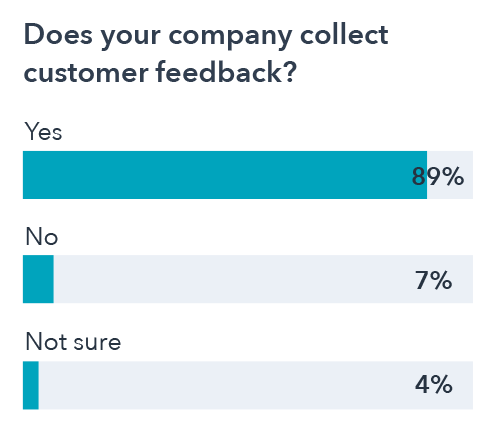
Customer engagement scores allow you to see how likely a customer is to churn. It shows you how often they log in, what they use your software for and any other metrics pertaining to their engagement with your product.
The scales vary from business to business, depending on how a typical customer uses the software. In order to build your own SaaS customer engagement score, you should create a list of inputs and value assignments that predict a customer’s satisfaction and longevity. Start by looking at your happiest and longest-lasting customers.
With a clear list, you can calculate an overall client engagement score for your customers. This will allow you to efficiently evaluate customer health from one data point.
10. Customer Health Score
Another metric that is similar to your customer engagement score is your customer health score. This helps your front-line customer service managers understand the health of a customer’s relationship with your company and if there are any issues that might indicate that it is at risk.
Customer heath scores can be generated by using a SaaS specific customer success tool that includes predictive customer analytics and forward looking client engagement trends. Health scoring assigns different values to different signals of customer longevity or churn. It also provides your customer-facing team members with insight into how their customers are doing so that they can properly engage with any users that might be at risk – before they cancel or fail to renew their subscription.
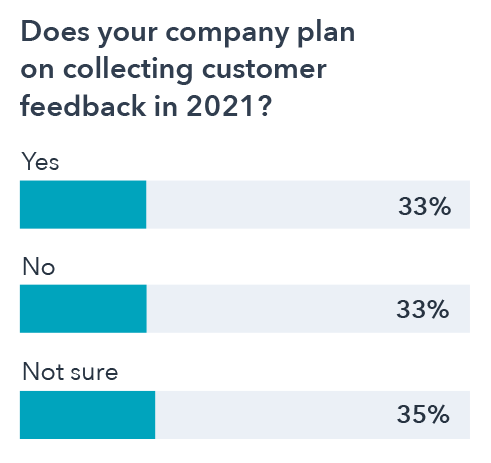
In Conclusion
The SaaS growth metrics above are essential to any SaaS marketing strategy. It is important to continuously track, measure and report on these growth metrics at the various SaaS growth stages. Working with a leading SaaS marketing agency can help you stay up to date with these growth metrics and effectively put them into action.
Frequently Asked Questions
Which SaaS growth metrics are essential for assessing customer acquisition?
Key customer acquisition metrics include Customer Acquisition Cost (CAC), Customer Lifetime Value (CLTV), and the Customer Acquisition Rate.
How can I measure customer retention and satisfaction in SaaS?
Customer retention metrics like Churn Rate, Net Revenue Retention, and Customer Satisfaction (CSAT) surveys help gauge customer loyalty and satisfaction.
What are expansion revenue metrics, and why are they significant in SaaS growth?
Expansion revenue metrics, such as Upsell Rate and Expansion MRR, measure the revenue generated from existing customers, indicating the potential for upselling or cross-selling.
What is Monthly Recurring Revenue (MRR), and how is it calculated?
MRR is a fundamental SaaS metric representing the total recurring revenue a company generates each month. It’s calculated by summing up all subscription revenue during a specific month.
How can I track SaaS growth in terms of product usage and user engagement?
Metrics like Active Users, Daily or Monthly Active Users (DAU/MAU), and User Engagement Rate provide insights into how customers are using your SaaS product and its impact on growth.
What are SaaS growth metrics, and why are they important?
SaaS growth metrics are key performance indicators (KPIs) used to measure and evaluate the growth and success of a SaaS company. They are crucial for tracking progress, making data-driven decisions, and attracting investors.

